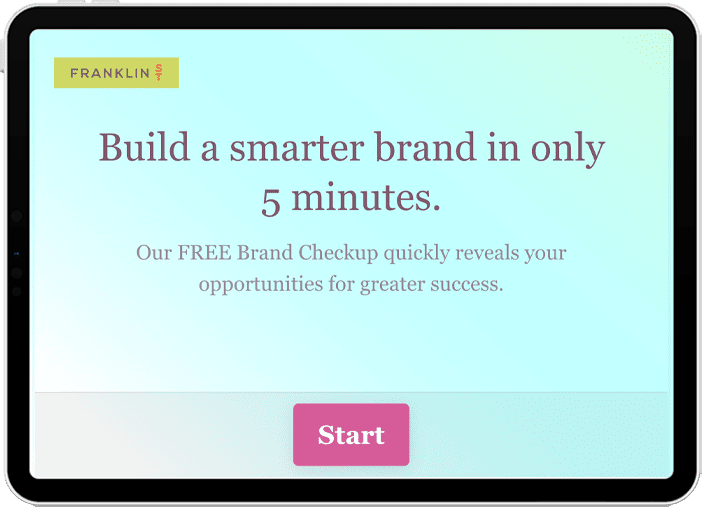If you work in healthcare marketing, you are probably familiar with the 5 Ps of marketing:
- People
- Product
- Price
- Place
- Promotion
However, you may find you spend most of your time, energy and resources on a single ‘P’, promotion. Your marketing plan may look much like a communication plan with advertising, promotion, public relations, sponsorships, and social media planned throughout your fiscal year. But if this is the case, are you really leveraging your role as a marketer to further your organization’s objectives?
Broadening our perspective can help our organizations more. While we don’t have control over all the Ps, we certainly have influence.
Let’s look at Place for example, where customers access our products and services. Health system have many different places consumers can access care. As do your competitors. You may be able to influence the Places or channels to provide care through research and planning. Insights themselves can be important influencers to your leadership.
Consider providing a competitive assessment for your primary and secondary service areas.
- What are the various access points offered by your competition?
- In addition to traditional access points, do your competitors offer:
- Urgent care, walk-in care, virtual care, nurse access by telephone, online chat?
- What are the hours available for accessing care at each of these?
- Weekdays only?
- Evenings and weekends?
- 24/7 nurse call line or online chat?
- What are the services accessible at each of these access points?
Be sure to include your own health system in the matrix in order to compare the accessibility of your organization relative to the competitive set in your market. Can consumers reach you as easily as they can reach your competitors? Can your organization readily fill the access needs of your market?
This type of analysis paints a picture for your executives about the accessibility of the places you provide service. It also allows them to consider innovative solutions for bridging the gaps. A strategic partner providing 24/7 access to a nurse may solve a triage challenge without having to add physicians. Expanding access to scheduling by phone or online may improve patient volume.
Another area marketers can expand their influence is by being the voice of the customer within the organization regarding the Product delivered. It is easy for leadership and physicians to focus most of their attention on efficiency, quality, reimbursement, safety and other aspects of operating a healthcare organization. But they often have blind spots in terms of how their activities affect external audiences. Customer research and mystery shopping can generate insights to help leadership understand how their activities affect customers, positively or negatively.
I recently worked with a provider of palliative and hospice care. The marketing VP knew her leadership believed they had the best customers service in the market. The organization had been the market leader for a long time, and they were confident their service to both referring audiences and consumers was top notch. Until they started losing market share. That’s when they reached out to marketing requesting support.
Rather than develop a campaign to build awareness and preference, we worked together to understand root causes for market share loss. We conducted research among referrers to their organization. We also mystery shopped their services versus competition from a consumer vantage point. We found two barriers to regaining market share that would not be overcome with an advertising campaign.
The client’s brand had been the market leader for a long time and didn’t need to change their approach, at least they didn’t think so. However, their competition was changing the standards in the market. Referring audiences were finding other organizations more responsive in addressing their patient needs. If a referrer called a couple of organizations to place a patient, the competition was responding more quickly. So while the client may still have been the first call a referring physician made, the patient was often sent to another provider who offered better response time.
The mystery shopping revealed a similar situation. The staff was not working as hard as their competition to help families address their needs. They seemed not to care about starting an ongoing relationship with the families that would ultimately need their services. They had become complacent.
This is a Product problem, not a promotion problem. Advertising won’t fix that. The marketing team shared the research findings with quotes and verbatims from their actual customers. That created the “aha moment” for leadership to realize they needed to address their operational challenges.
In healthcare marketing, you really can influence all the Ps in marketing. It may take a different approach to bring insights and perspective to leadership but you will end up with a better marketing mix and ultimately your Promotion will be even more effective.


